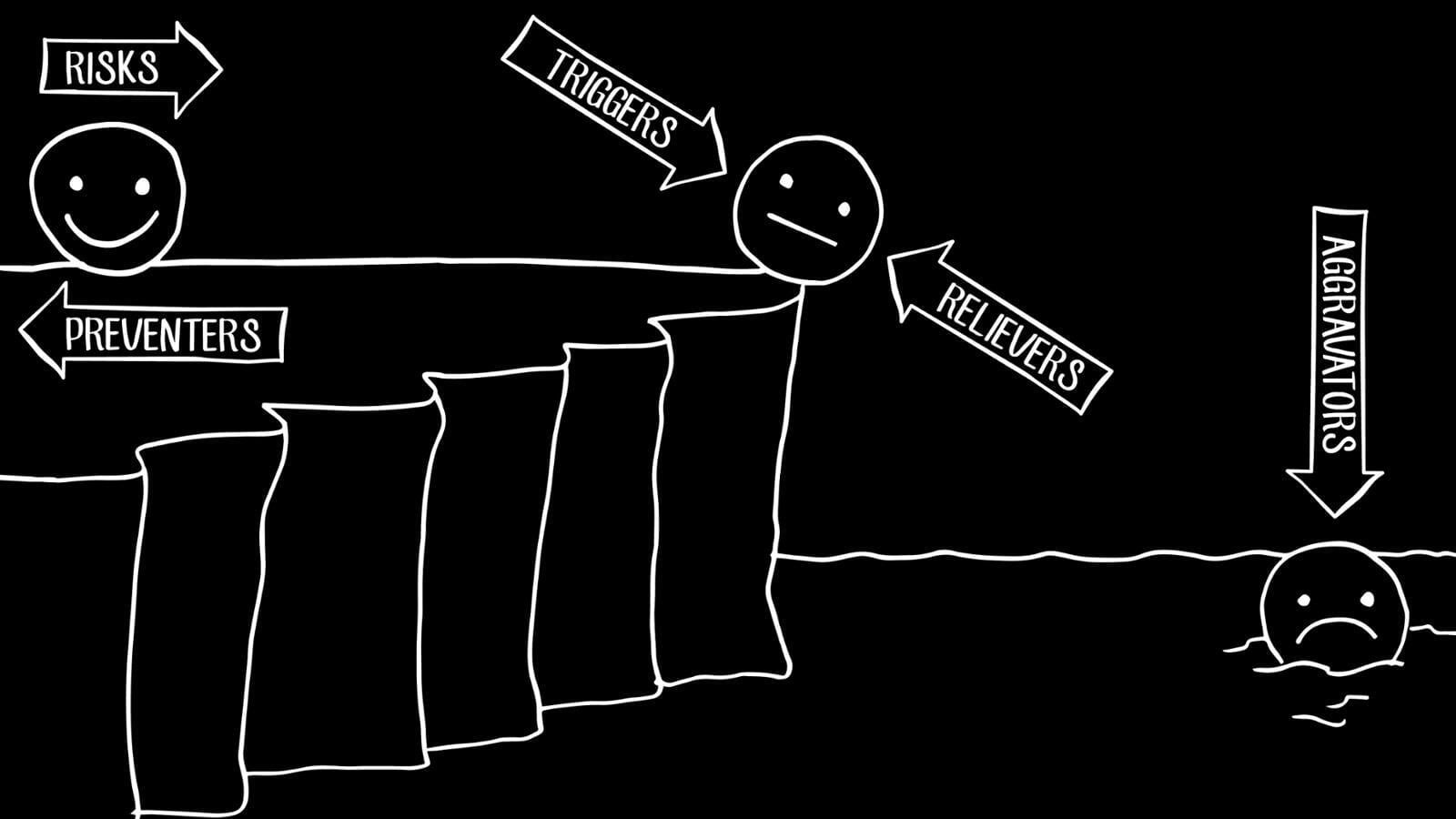Why you should pay your PT more than your Chiropractor
According to the American Bureau of Labor Statistics, in 2017, the average Chiropractor pulled in $85,870pa, and 6 years later the average Personal Trainer still earns less than half of that.
But when it comes to lower back pain, I’d argue that you should pay your Personal Trainer more than you pay your Chiropractor. Because the chances are that your Personal Trainer is better equipped to provide a lasting solution to your persistent lower back pain. And isn’t that what you want?
Well, apparently not everyone does. There are millions of people who seem to be happy to have multiple repeat “maintenance visits” to their Chiropractor (and other types of therapists), without ever achieving a lasting resolution to their lower back concerns. And while many therapists seem comfortable with this idea, Personal Trainers set a higher bar. They genuinely want to help you build a more robust, potentially pain-free back. Not the sort of fragile back that has you lurching back for another “adjustment”.
I’ve written before that Chiropractors curing back pain is like turkeys voting for Christmas (link to article). And the stark reality is that across the various national guidelines for the management of persistent lower back pain, there are common themes…
What the evidence says
Exercise and education are recommended for persistent lower back pain across all the national clinical guidelines. Manipulative therapy, acupuncture and massage are only recommended for short-term lower back pain. Admittedly, some of the guidelines (the USA ones) recommend manual therapy for persistent LBP… But ONLY when it is delivered alongside exercise and education. How much exercise and lower back pain education does the average Chiropractor deliver? And how much does your Personal Trainer deliver?
On top of that, exercise is proven to extend life and to extend the quality of life. Exercise is proven to benefit physical and mental health in so many ways. The same has not been proven for any manual therapy.
Why? Because it’s passive care. Returning to The Cliff of Pain, Chiropractic and other passive interventions are Relievers, while exercise and education (and acting on the education) are Preventers. There’s nothing wrong with buying a bit of Relief to get you out of The Sea of Pain. But note that it’s only short-term. And still leaves you on the edge of The Cliff, waiting for another Trigger to knock you off again.

It's also worth noting that a lack of physical activity is a risk factor for LBP. I don’t believe a lack of manipulation is a risk factor.
“Ah but, surely Personal Trainers aren’t qualified to diagnose lower back pain?” I hear you say.
That’s true. But, as I wrote in the article ”When Your Lower Back Pain Diagnosis Does More Harm Than Good”, diagnoses are often worse than useless. And with appropriate training and screening tools, your PT will know what/who is beyond his or her remit and still be able to help the vast majority (approximately 99%) of LBP sufferers.
And yes, it’s true that many people have injured their lower backs in the gym. But they’ve also injured them by sitting for hours at work. Just because some people did daft things in the gym doesn’t mean you will. More than that - with appropriate coaching - you will definitely be doing good, and building a stronger, more resilient back, and improving your overall health.
Which exercise and what education?
Yes, the internet is awash with exercise recommendations for LBP and just as much information. But much of this is noise. It isn’t evidence-based. If the PT on YouTube with over a million views really had THE solution for LBP, no one would have to look any further.
The simple truth is that exercise and physical activity are very important in the long-term resolution of LBP. It’s just not clear from the research exactly which exercises.
What is clear from the neuroscience is that the exercise shouldn’t make your pain worse. Do you ever do an exercise and feel more pain afterwards? Then don’t do that. It’s an Aggravator rather than a Reliever or Preventer (see Cliff of Pain).
And what about education? What do you need to know? I’d argue the kind of information and enough of it so that you feel empowered and motivated to take control and keep sticking to your plan - until you’ve achieved your goal.
This is exactly what the AXB program is grounded in - we deliver the education and our Partners deliver the exercise component. Together we provide you with the relevant information and personalised exercises, and help you build your motivation so that you stick to your plan.
So, pay your PT more…
So I have argued here that your Personal Trainer can deliver more lasting benefits than your Chiropractor. Note that health behaviour change is a key component of a PT’s training - not so for most clinicians (sadly). Your PT can help more in preventing lower back pain (and sciatica) AND in extending the length and quality of your life. So, pay them more!
Calling all Personal Trainers
And if you’re a Personal Trainer, would you like to be super-clued up in how to support clients with persistent or recurrent lower back pain? And help them to return to a pain-free state in order to get back to all that they would love to be able to do? Find out how well equipped you are to help sufferers of lower back pain here>> The Ultimate Lower Back Pain scorecard is free and takes just 2 minutes.
PS you can earn significantly more than the average PT in delivering this program too!
